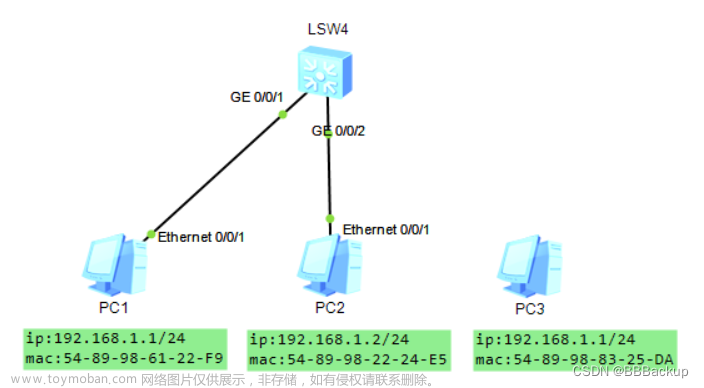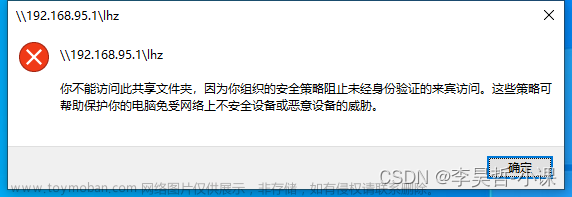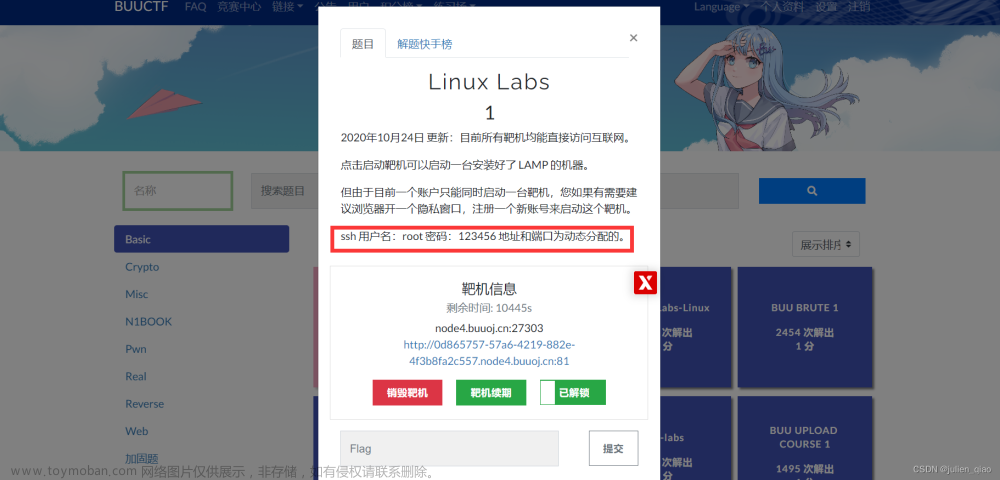java 安全策略文件说明
Java安全策略文件是Java中的一种安全设置,用于限制Java代码所能访问的资源和执行的操作。这些资源包括文件系统、网络和系统配置等。通过使用Java安全策略文件,可以提高Java应用程序的安全性,防止恶意代码的执行和数据泄露等问题。
Java安全策略文件通常以.policy结尾,可以通过在Java虚拟机启动时指定-Djava.security.policy选项来加载。Java安全策略文件中包括了一系列的权限和规则,用于控制Java代码的访问和操作。例如,可以限制Java代码只能访问指定的文件或网络端口,或者只允许Java代码执行指定的操作等。
Java安全策略文件的格式比较灵活,可以根据需求自定义。在Java策略文件中,权限由以下几个部分组成:
代码源:定义了Java代码的源路径或来源URL。
权限:限制了Java代码可以访问的某些资源,例如文件系统、网络或系统配置等。
代码位置:定义了Java代码所在的位置,例如本地文件系统或Web服务器中的URL等。
下面是一个Java策略文件的示例:
grant codeBase “file:/home/user/myapp.jar” {
permission java.io.FilePermission “C:/temp/*”, “read,write”;
permission java.net.SocketPermission “hostname.com:80”, “connect”;
permission javax.sound.sampled.AudioPermission “play”;
}
在这个策略文件中,指定了代码源为/home/user/myapp.jar路径下的代码,然后授予了该代码对C:/temp目录和hostname.com:80端口的读写和连接权限,同时允许该代码播放音频。
总之,在使用Java安全策略文件时,需要根据程序的需求定制相应的策略文件,并对其进行测试和验证,以确保应用程序的安全性。
全局策略和用户策略
全局策略文件:
全局策略文件是Java虚拟机的安全策略,用于定义Java应用程序所执行的默认安全规则。全局策略文件通常位于$JAVA_HOME/jre/lib/security目录下,其文件名为java.policy。全局策略文件适用于整个Java虚拟机,对所有Java应用程序生效。
用户策略文件:
用户策略文件是一个可选的Java安全策略,用于自定义应用程序的安全规则。用户策略文件通常位于用户的home目录下,其文件名为.policy。用户策略文件适用于单个用户,可以根据需要添加或修改安全规则,以满足其特定应用程序的安全需求。
全局策略文件和用户策略文件的格式和使用方法都十分相似。下面是一个典型的Java策略文件示例,展示了一个基本的策略定义:
grant codeBase “file:/home/user/myapp.jar” {
permission java.io.FilePermission “C:/temp/*”, “read,write”;
permission java.net.SocketPermission “hostname.com:80”, “connect”;
permission javax.sound.sampled.AudioPermission “play”;
}
其中,grant关键字指定了代码库,codeBase指定了应该授予哪个代码库权限。它可以是文件系统路径,也可以是远程URL等。permission关键字定义了包含在该代码库中的Java代码所允许的权限。
需要注意的是,全局策略文件可被覆盖。在使用Java应用程序时,可以通过设置java.security.policy选项以及-Djava.security.manager选项来指定Java安全策略文件。如果同时设置了系统属性和命令行选项,则命令行选项会覆盖系统属性。为了确保安全性,尽量不要在系统中使用系统范围内的Java安全策略文件。
Simply put
Java security policy files provide a way to define the security permissions that are granted to Java code running on a system. These policy files are used to specify which code is allowed to access certain resources on the system, such as files, network connections, and system properties.
The Java security policy files are typically named “java.policy” and are located in the “lib/security” directory of the Java installation. The policy files can be edited using a text editor and must conform to a specific syntax and format.
To use a custom security policy file, you can specify the location of the file using the “java.security.policy” system property when running a Java application. For example:
java -Djava.security.policy=/path/to/my.policy MyApp
In the policy file, you can define permissions for specific code sources, such as URLs or JAR files, using the “grant” keyword. For example:
grant codeBase "file:/path/to/myapp.jar" {
permission java.io.FilePermission "/path/to/myfile.txt", "read";
permission java.net.SocketPermission "localhost:8080", "connect";
}
This policy file grants the code in the “myapp.jar” file permission to read the “myfile.txt” file and connect to the “localhost:8080” network address.
It’s important to note that security policy files can be complex and can have a significant impact on the security of a system. It’s recommended that you understand the implications of any changes you make to a policy file and test your changes thoroughly before deploying them to a production environment.
User policy and Global policy
In Java security, there are two types of policy files: global policy files and user policy files.
A global policy file is a system-wide policy file that applies to all Java applications running on a system. It is located in the “lib/security” directory of the Java installation and is named “java.policy”.
A user policy file is a policy file that is specific to a particular user and is located in the user’s home directory. The user policy file is named “.java.policy” and is located in the user’s home directory.
Both global and user policy files use the same syntax and format. They define permissions for specific code sources, such as URLs or JAR files, using the “grant” keyword.
Global policy files are typically used to define permissions for Java applications that are installed and run on a system. User policy files are typically used to define permissions for Java applets that are run in a web browser.
It’s important to note that user policy files can override global policy files. If a user policy file grants permissions that are more permissive than the global policy file, the user policy file permissions will be used.文章来源:https://www.toymoban.com/news/detail-519325.html
Overall, policy files are an important part of Java security and can help ensure that Java applications and applets run securely. It’s important to understand how policy files work and to use them appropriately to ensure the security of your Java applications and systems.文章来源地址https://www.toymoban.com/news/detail-519325.html
到了这里,关于Java安全——策略文件说明的文章就介绍完了。如果您还想了解更多内容,请在右上角搜索TOY模板网以前的文章或继续浏览下面的相关文章,希望大家以后多多支持TOY模板网!











